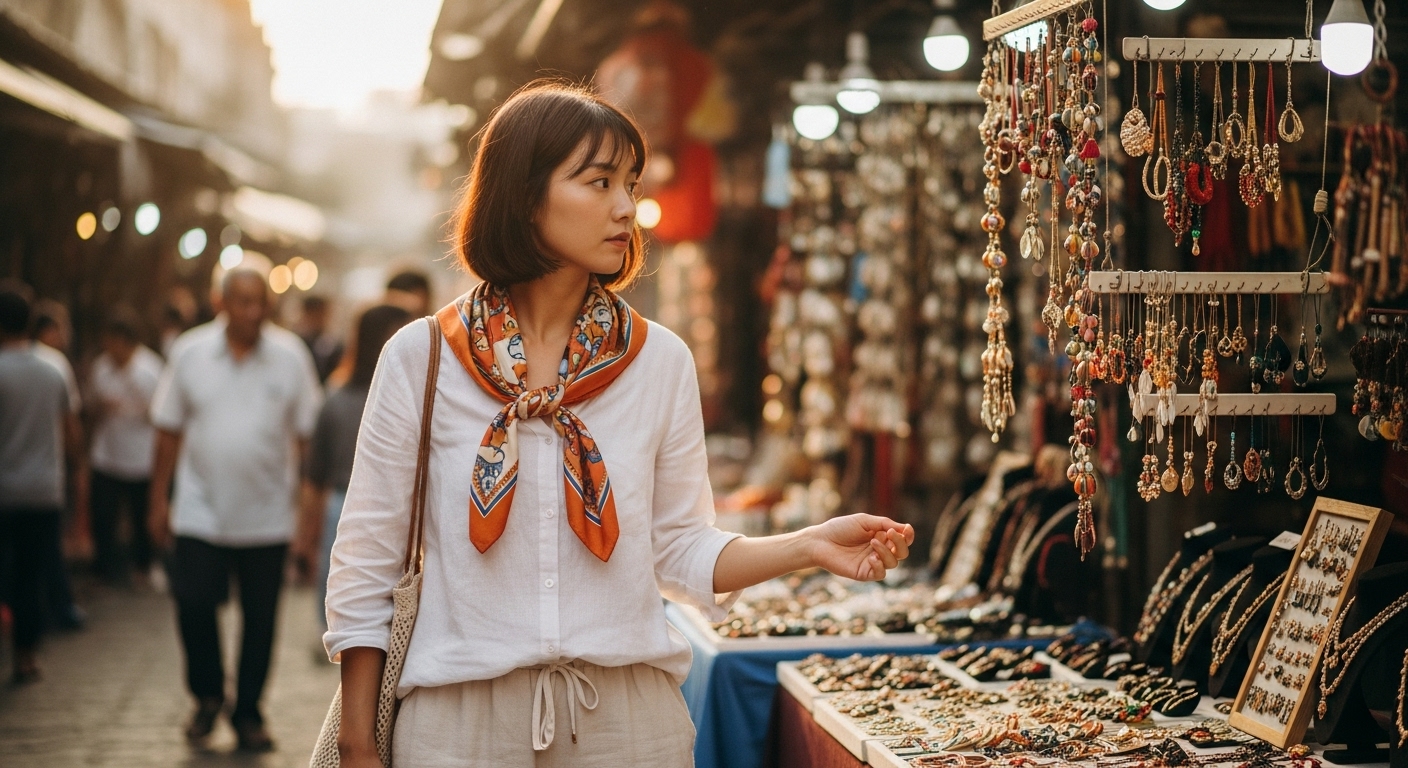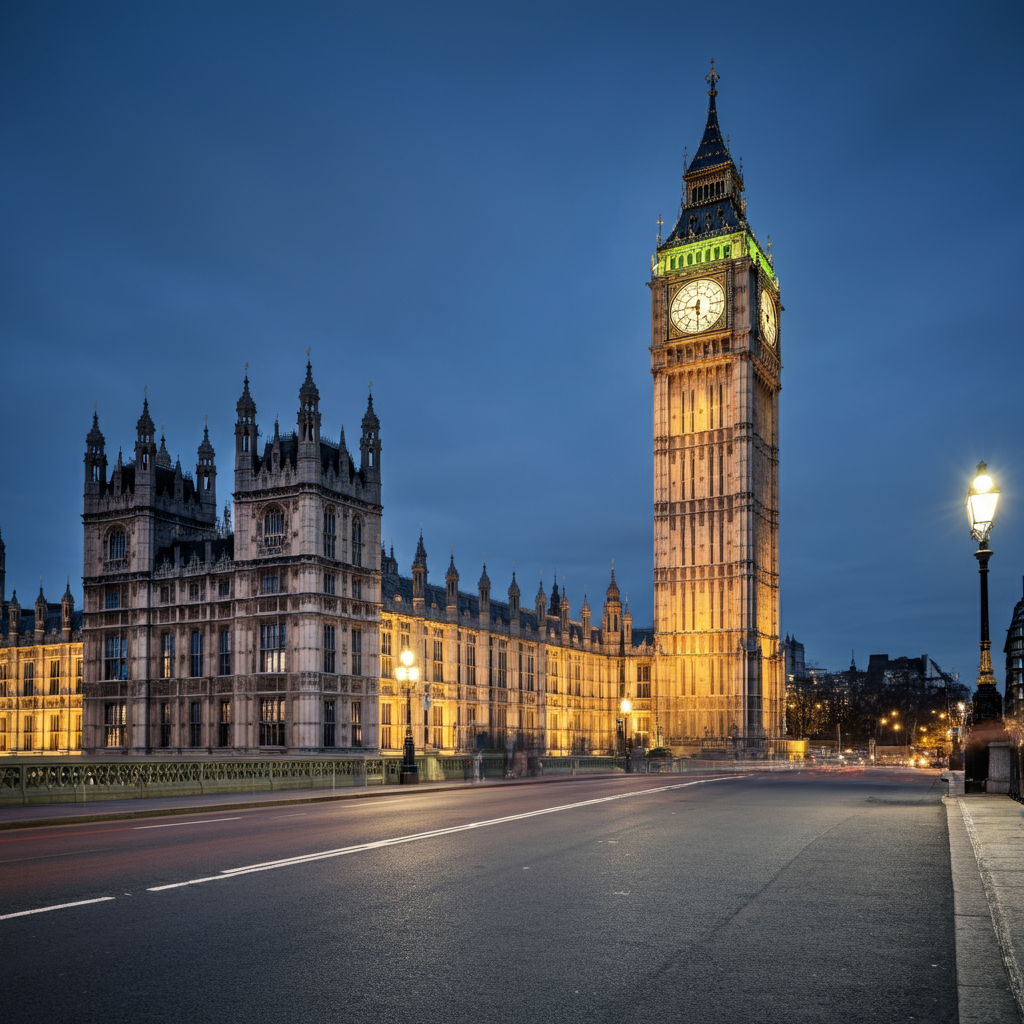When you travel, one of the most important things is *how you dress for local culture*. Get this right, and you’ll blend in respectfully—while still showcasing your own style. In this post, we’ll help you navigate cultural norms through real stories from places like Morocco, Japan, and Peru. You’ll learn practical tips, packing ideas, and style combinations that let you travel confidently—and look great doing it.
Ask yourself as you read: where are you going, and how can your personal aesthetic adapt? By the end, you’ll feel inspired, not constrained. Share your go-to style tips in the comments below!
Why Dressing Respectfully Matters
When you dress for local culture, you signal respect—and that opens more doors than just the wardrobe closet. In Thailand, covering shoulders in temples shows cultural awareness. In Italy, elegant outfits express pride in your locale—and attract kind attention.
UNESCO research on cultural diversity says attracting respect with cultural dress gives travelers deeper access to local life—hidden meals, personal invitations, and authentic connections.
Learn the Local Dress Codes Early
To dress for local culture, first learn local dress norms. Long skirts and loose tops in Morocco are common—even in coastal towns—helping you appear respectful and stay cool. In Japan, minimalist color palettes and subtle elegance define local style. Adapting your wardrobe to local codes keeps you both culturally aware and fashionable.
Resources like Lonely Planet and Culture Trip frequently publish advice on how to adapt your outfits respectfully to each destination.
Choose Fabrics That Fit Culture and Climate
When you dress for local culture, prioritize breathable, natural fabrics. Linen, bamboo, and cotton help you comfortably blend in—especially in conservative heat. In colder climates, smart layering lets you maintain style without sacrificing modesty.
For example, wearing a cotton scarf as a headcover in the Middle East shows cultural awareness—and adds color to your everyday capsule wardrobe.
Blend Fashion and Function Smoothly
Combine your own style with local expectations to dress for local culture gracefully. Picture a simple midi dress layered with a neutral shawl you can repurpose as a skirt or headcover. Choose unbranded, closed-toe shoes that work everywhere—city walking, temple visits, and Sunday market browsing.
One traveler I know added a Peruvian alpaca hat she bought in Cusco to an all-neutral wardrobe—effortless cultural integration with her brand’s color palette.
Accessorize With Respect and Reflection
- Scarves & wraps: Essential tools to dress for local culture—great for temple cover-ups, sudden breezes, or sunny beaches.
- Hats & footwear: A structured fedora or loafer looks polished and culturally informed in European cities.
- Local crafts: Pick one small, meaningful piece per destination—like a woven bracelet or locally-made earrings—that matches your look and honors local artistry.
Watch Cultural Symbols and Local Dress Meaning
When you choose outfits that respect local culture, it’s not just about what you cover—it’s what you display. Avoid using sacred iconography as fashion, and choose accessories that show understanding—not ignorance. In India, wearing deity symbols can cause offense; in the Middle East, certain colors carry significance. Learning these subtleties helps you appear thoughtful and informed.

Dressing for Activities — Culturally Smart and Stylish
To dress for local culture effectively, match your outfit to planned activities. Visiting a mosque? Combine a breathable tunic with leggings and bring a scarf. Trekking Machu Picchu? Go for performance leggings topped with a tailored jacket and neutral shades. Dining on rooftop terraces in Tokyo? A dress shirt or blouse, structured shoes, and clean accessories strike a respectful balance.
Pack a 5-Piece Travel Capsule to Dress for Local Culture
- Neutral pants or maxi skirt – suitable for any culture
- Simple tee or button-down – for layering or standalone wear
- Light cardigan or blazer – blends with most local styles
- Multi-use scarf – headcover, shawl, and temperature buffer
- Closed-toe shoes – fashionable and respectful worldwide
Start with these, then add local accessories as you travel—so you adapt, evolve, and share new aesthetic stories.

Inspired by Real Style Stories
One traveler in Tehran dressed in earth tones and a loose black scarf, and was invited to dinner at a local family home—an invitation she believes was because she tried to dress for local culture with elegance and sensitivity. In Istanbul, another guest added a Turkish bead bracelet to his outfit, creating a subtle cultural tie-in that locals appreciated.
Quick Do’s & Don’ts to Dress for Local Culture
- Do: Always carry a scarf—useful at any time to blend into cultural dress expectations.
- Do: Shop one small local accessory per place—it supports artisans and speaks volumes.
- Do: Learn a phrase like “Excuse me” or “Thank you” in the local language—style isn’t just visual.
- Don’t: Flash large designer logos—this can seem insensitive.
- Don’t: Assume shorts or crop tops are acceptable everywhere—better to err on the side of cover-up.
What strategies help you strike that balance between respect and personal flair? Do you follow a capsule plan, layer creatively, or pick up local crafts as you go? Share your experiences below—let’s help each other navigate style around the world.
If this guide helps you discover clothes that speak both to your style and local culture, follow us on social media for weekly travel-style tips, destination-specific outfit ideas, and more stories from respectful travelers just like you.
Catch up on the top stories and travel deals by subscribing to our newsletter!












Leave a Reply